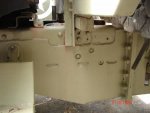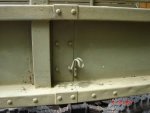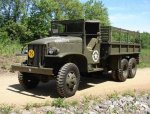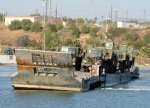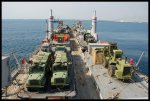EveOfDestructionDeuce
New member
- 58
- 0
- 0
- Location
- Dortmund/Germany
Now we are restoring (frame off) my 1944 GMC 353 LWB closed cap w/w, w truck mount and the one from a friend of mine, they are looking better than new.I will post pictures soon, maybe interesting....
Friends one is 1945 353 LWB Cargo Open Cap w/w, w/o truck mount and the airtransportable/airborne version, you know you can srew the truck in a half at the center of the frame with srews at flanges....That`s a really rare GMC?For which theatre are they mostly used, Europe /D-Day invasion or pacific?Was for aircraft transport (which C-47 to small?) or by liberty ships?There`s a dolly wheel for srewing at the front half and to drive for storage.
Friends one is 1945 353 LWB Cargo Open Cap w/w, w/o truck mount and the airtransportable/airborne version, you know you can srew the truck in a half at the center of the frame with srews at flanges....That`s a really rare GMC?For which theatre are they mostly used, Europe /D-Day invasion or pacific?Was for aircraft transport (which C-47 to small?) or by liberty ships?There`s a dolly wheel for srewing at the front half and to drive for storage.





